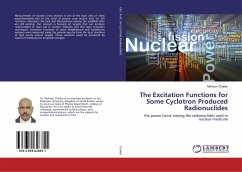Master's Thesis from the year 1999 in the subject Physics - Theoretical Physics, grade: 1,0, State University of New York at Stony Brook (Institute for Theoretical Physics), course: -, language: English, abstract: In this thesis results on the Partition function ZG(T, q) for the q-state Potts-Model on finite polygonal lattices G are presented.These are polynomials in a e- J and q. The first step is to calculate all the coefficients of ZG(a, q) using a transfer matrix method.The only points of non-analyticity are the zeros of the partition function; in the thermodynamic limit the complex temperature zeros form a continuous curve B via coalescence. This is the locus where the free energy is non-analytic. The zeros of Z(a, q) in the complex q-plane for finite a and in the complex a-plane for integer and non-integer values of q are plotted.For a = 0 the partition function reduces to the chromatic polynomial PG(q) of the graph and the zeros are called chromatic zeros.The behavior of those zeros as a increases from zero is investigated.As for complex temperature the zeros in q form a continuous curve in the thermodynamic limit. This is the locus where the limiting function WG(q) = limn PG(q)1/n is non-analytic. WG(q) is the ground state degeneracy and is connected to the ground state entropy via S0(G, q) = kB ln(WG(q)).Thus the characteristics of the zeros of q and a for finite lattices help to understand the properties of the model in the thermodynamic limit.
Hinweis: Dieser Artikel kann nur an eine deutsche Lieferadresse ausgeliefert werden.
Hinweis: Dieser Artikel kann nur an eine deutsche Lieferadresse ausgeliefert werden.







